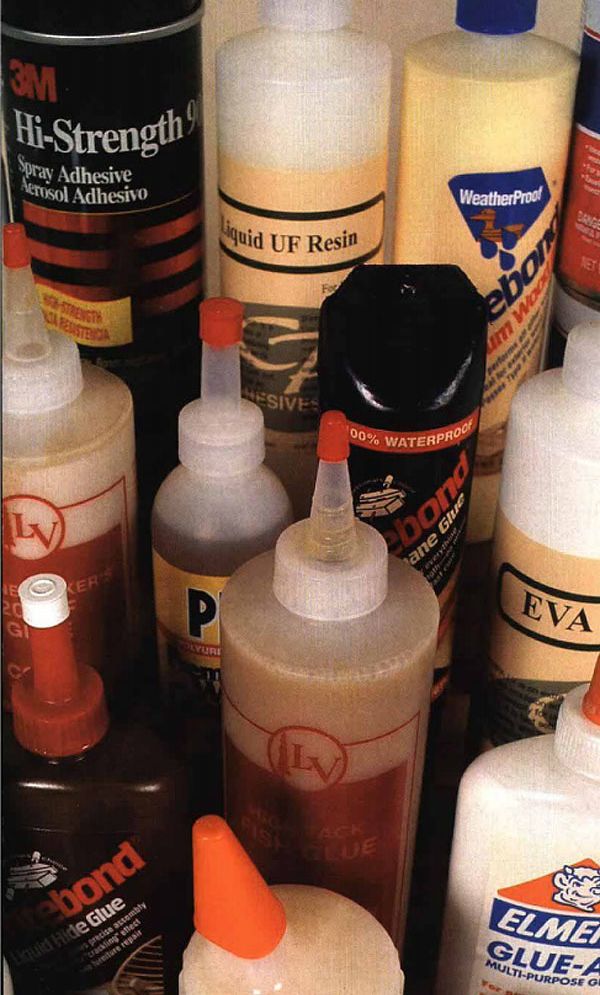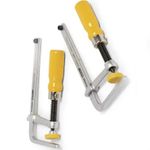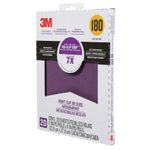A Working Guide to Glues
Choosing the right adhesive for the job might mean more than grabbing that old bottle on the shelf
Synopsis: An in-depth article on glue. William Tandy Young, an adhesives consultant and an author of a book about glue, defines it, distinguishes it from adhesive, delineates the principles of choosing glue, and compares the properties of adhesives. Using three charts, he maps out how the properties of 13 natural, nonreactive, and reactive synthetic glues affect their usefulness. The charts show details on handling, open assembly time, clamp time, cleanup, cured working qualities, structural properties, endurance properties, and health and safety notes. Young discusses water-resistant and waterproof glues; altering, combining and customizing glues; and myths and facts on filling gaps. The article includes safety and longevity information, too.
I worked wood for years before realizing that I knew virtually nothing,about the glues I was depending on to hold my joints together. At the time my attention was focused on things like lumber, tools and machines. I took glue for granted, assuming that it would always work and keep joints tightly bonded for years to come. After experiencing a few nightmare glue-ups and hearing from customers that some of my furniture wasn’t holding up as well as it should, I finally realized that to improve as a woodworker I had to learn something about glue.
Once I started to understand more about glue, I became aware of more design possibilities and expanded my range of work. As I learned which adhesives were best for particular jobs, the overall quality of my work also improved. Choosing the right glue helps glue-ups proceed smoothly and successfully. It also ensures that your work will have the structural integrity and durability it needs to survive in the world. How much do you need to know about glue to choose the best one for your work and become a better woodworker? You should know more than you can learn from ads, sales brochures and container labels, which often contain inaccurate or misleading information, but you certainly don’t have to become a polymer chemist. What you really need is some useful, well-organized information on adhesives.
The principles of choosing glue
There is no such thing as a miracle adhesive with magical properties that will tackle any task. When I choose glue for a job, I try to take as many things into account as I can, without spending a lot of time dwelling on details and pondering different glues. This article is designed to help you choose glue in just such a fashion, so that your work flow won’t be disrupted by endless head scratching.
All glues are carefully formulated products with specific properties, and they perform well only if the conditions in your workshop, such as temperature and humidity, are favorable. Gluing well is a matter of knowing how to get the best performance from the glues you use while also knowing their limitations. By keeping an assortment of glues at your disposal and knowing what to expect from different ones, you can choose the adhesive that best suits your needs in any given situation.
It is also important to keep in mind the condition of your work. Glue joints that are skillfully Crafted and prepared usually can be bonded successfully with one of several types of glues. Glue joints that are poorly Crafted are difficult to bond regardless of the type of glue you use.
From Fine Woodworking #134
For the full article, download the PDF below:
Fine Woodworking Recommended Products

MicroJig Matchfit dovetail clamps

3M Pro Grade Sandpaper

Estwing Dead-Blow Mallet





















Log in or create an account to post a comment.
Sign up Log in